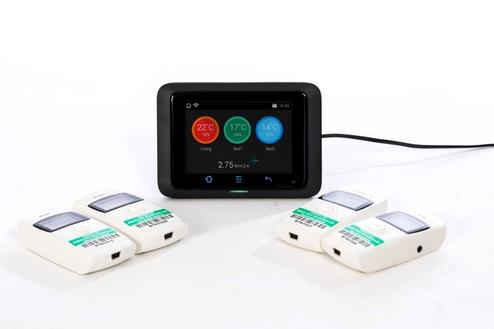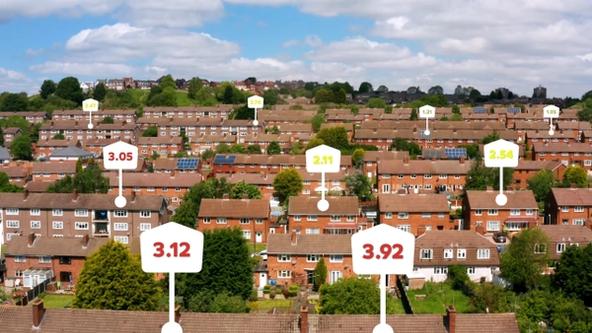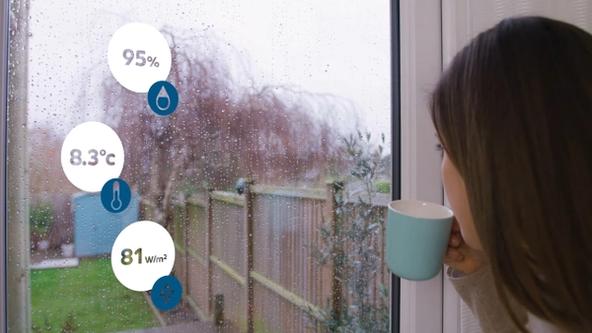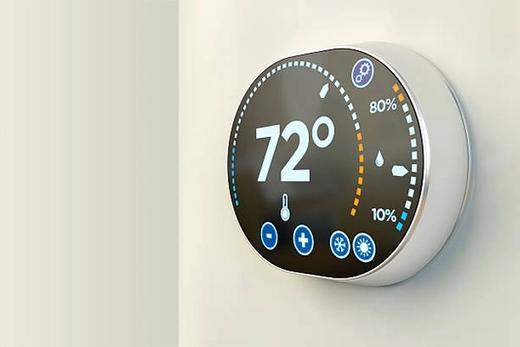With such a high focus on the drive to carbon-neutral combined with the sheer numbers of properties in need of energy efficiency improvements, the need to accurately measure the true thermal performance of houses prior to retrofitting has never been greater. Every home is different, potentially even to an identical house next door, so it's extremely difficult to assess how best to prioritise retrofit spending and prioritise the program of works.
At the moment any assessment to define the Heat Transfer Coefficient (the term for the actual thermal performance of a property) involves expensive and invasive testing which require the property to be vacated for a period of time (potentially several weeks) to allow the property to be fully wired up to the sensors needed to check measured heat loss through floors, windows, walls, roofs and other elements.
As a result, these "co-heating" tests are simply not practical and rarely utilised outside of the academic world. Any knowledge of the actual thermal performance of a property is currently based on estimates using broad assumptions from visual inspections and SAP predictions. Such assumptions may not deliver the accuracy required to effectively retrofit large numbers of buildings.






